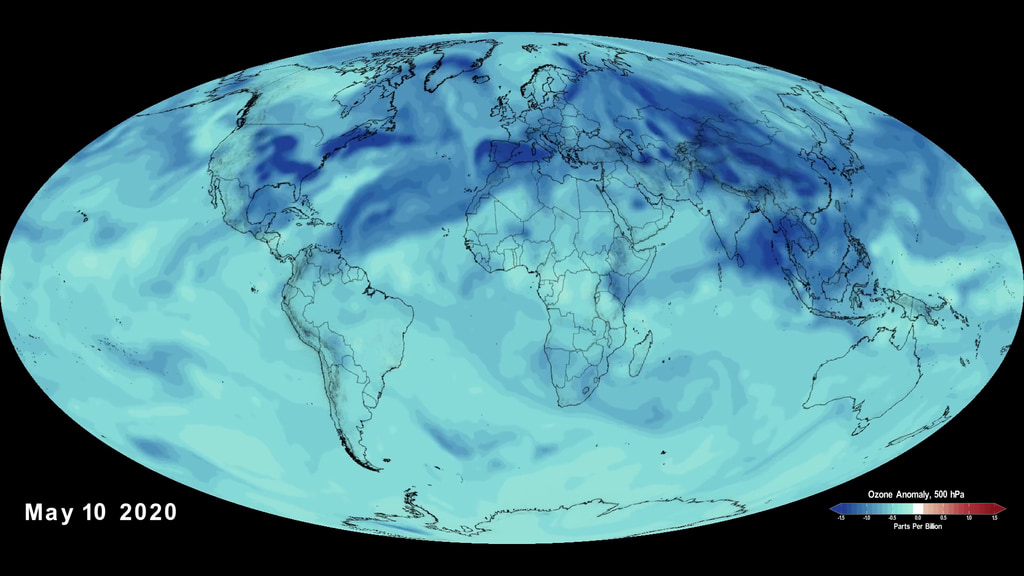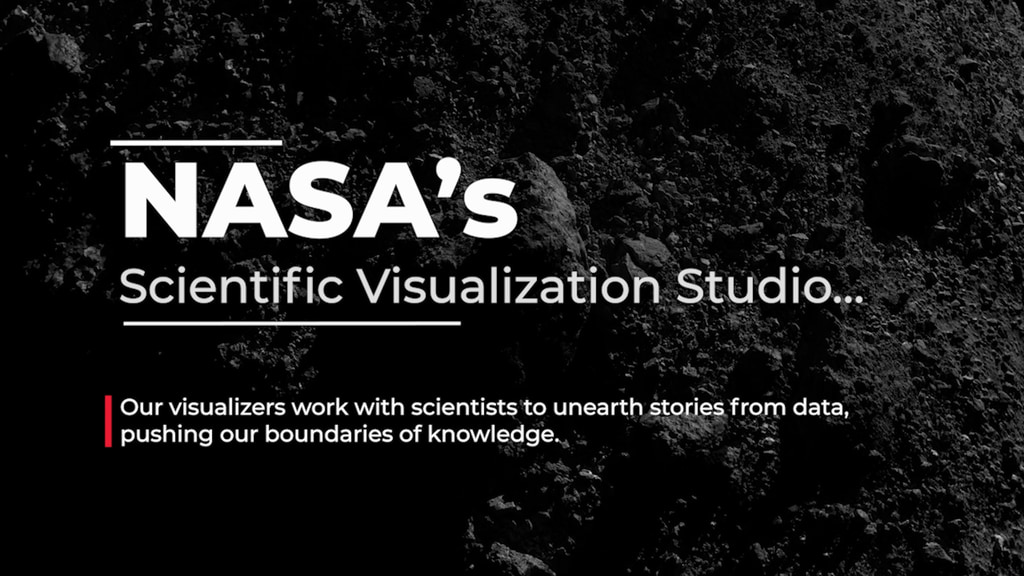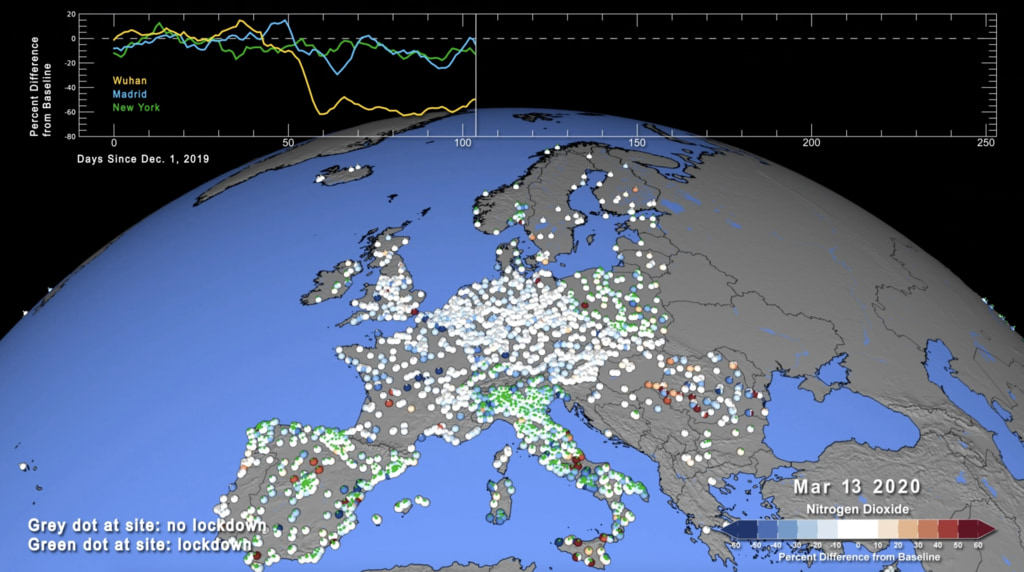Deviation of Modeled Normal Pollution Levels from Measurements Following COVID-19 Lockdown
Deviation from modeled normal nitrogen dioxide levels after COVID-19 lockdowns
Using computer models to generate a COVID-free 2020 for comparison, NASA researchers found that since February, pandemic restrictions have reduced global nitrogen dioxide concentrations by nearly 20%.
The model simulation and machine learning analysis took place at the NASA Center for Climate Simulation. Its “business as usual” scenario showed an alternate reality version of 2020—one that did not experience any unexpected changes in human behavior brought on by the pandemic.
From there it is simple subtraction. The difference between the model simulated values and the measured ground observations represents the change in emissions due to the pandemic response. The researchers received data from 46 countries—a total of 5,756 observation sites on the ground—relaying hourly atmospheric composition measurements in near-real time. On a city-level, 50 of the 61 analyzed cities show nitrogen dioxide reductions between 20-50%.
Wuhan, China was the first municipality reporting an outbreak of COVID-19. It was also the first to show reduced nitrogen dioxide emissions—60% lower than simulated values expected. A 60% decrease in Milan and a 45% decrease in New York followed shortly, as their local restrictions went into effect.
This visualization presents the deviation from the model as colored hemispheres at each observation site. Whether a site is under lockdown is denoted by a smaller dot at each site, colored grey to denote "no lockdown," and green to denote "under lockdown." Additionally, the deviation for each of three cities, Wuhan, Madrid, and New York is presented as a scrolling line graph at the top of the visualization.
Credits
Please give credit for this item to:
NASA's Scientific Visualization Studio
-
Visualizer
- Trent L. Schindler (USRA)
-
Scientist
- Christoph A. Keller (USRA)
-
Producer
- Kathryn Mersmann (USRA)
-
Writer
- Lara Streiff (GSFC Interns)
Release date
This page was originally published on Tuesday, November 17, 2020.
This page was last updated on Monday, January 6, 2025 at 12:18 AM EST.


